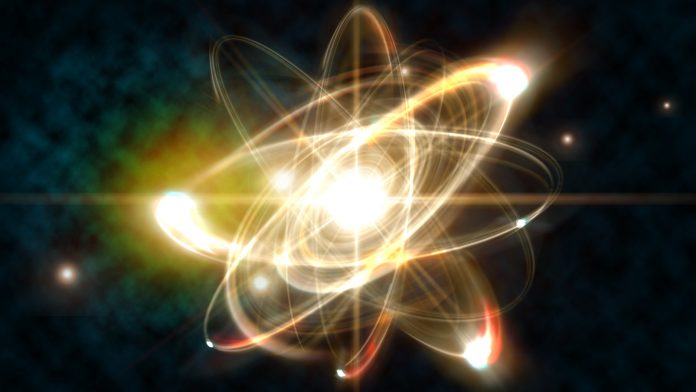Scientists from the Argonne National Laboratory have developed a device capable of high-speed photon counting for nuclear physics experiments.
Researchers from the US Department of Energy’s Argonne National Laboratory have successfully fabricated a superconductive nanowire device. This device is capable of high-speed photon counting for nuclear physics experiments. Operating at temperatures near zero, this device uses magnetic fields forty times stronger than that used by previous versions of the technology. The Argonne National Laboratory device can also detect low-energy photons as well as many other fundamental particles.
“This changes the game for the type of particle detector one can design and build. Think of this as the first unit of something for which we can ultimately connect many of them together in different configurations for use in various nuclear physics experiments.” said Zein-Eddine Meziani, senior physicist in the Physics division.
“We chose as our material one of the first superconducting alloys ever discovered, niobium nitride. Having been first identified as a superconductor in 1941, this alloy is extremely well understood, is easy to work with, and functions in an environment with high magnetic field and intense radiation bombardment.” said lead author Tomas Polakovic, graduate student in the Physics division.
How was the device developed?
The team from Argonne National Laboratory combined a nitrogen ion plasma with niobium to form thin films of niobium nitride on a silicon substrate. The resulting film is only 10 nanometres thick, the team then shaped the nanowire into an integrated circuit-like pattern.
While other detectors must operate at near room temperature outside the enclosed space where particles are streaming, scientists will be able to position the Argonne nanowire detector within that space because it can withstand harsh conditions.
“Rather than replacing existing detector technology, our technology opens many new possibilities for nuclear physics experiments,” said Whitney Armstrong, co-author and Argonne physicist.
Polakovic added, “Although we have not tested this hypothesis yet, our device should be able to detect and analyse the signals from not only low-energy photons, but also individual electrons, protons and nuclei like helium-4, which consists of two protons and two neutrons.”
Joseph Heremans, a physicist in Argonne’s Materials Science division and Center for Molecular Engineering, commented: “The development of these fast, robust superconducting nanowire devices is an important step toward the implementation of broadband single-photon detection for quantum communication applications.”
Do you want the latest news and updates Innovation News Network? Click here to subscribe, and make sure to stay connected with us.







